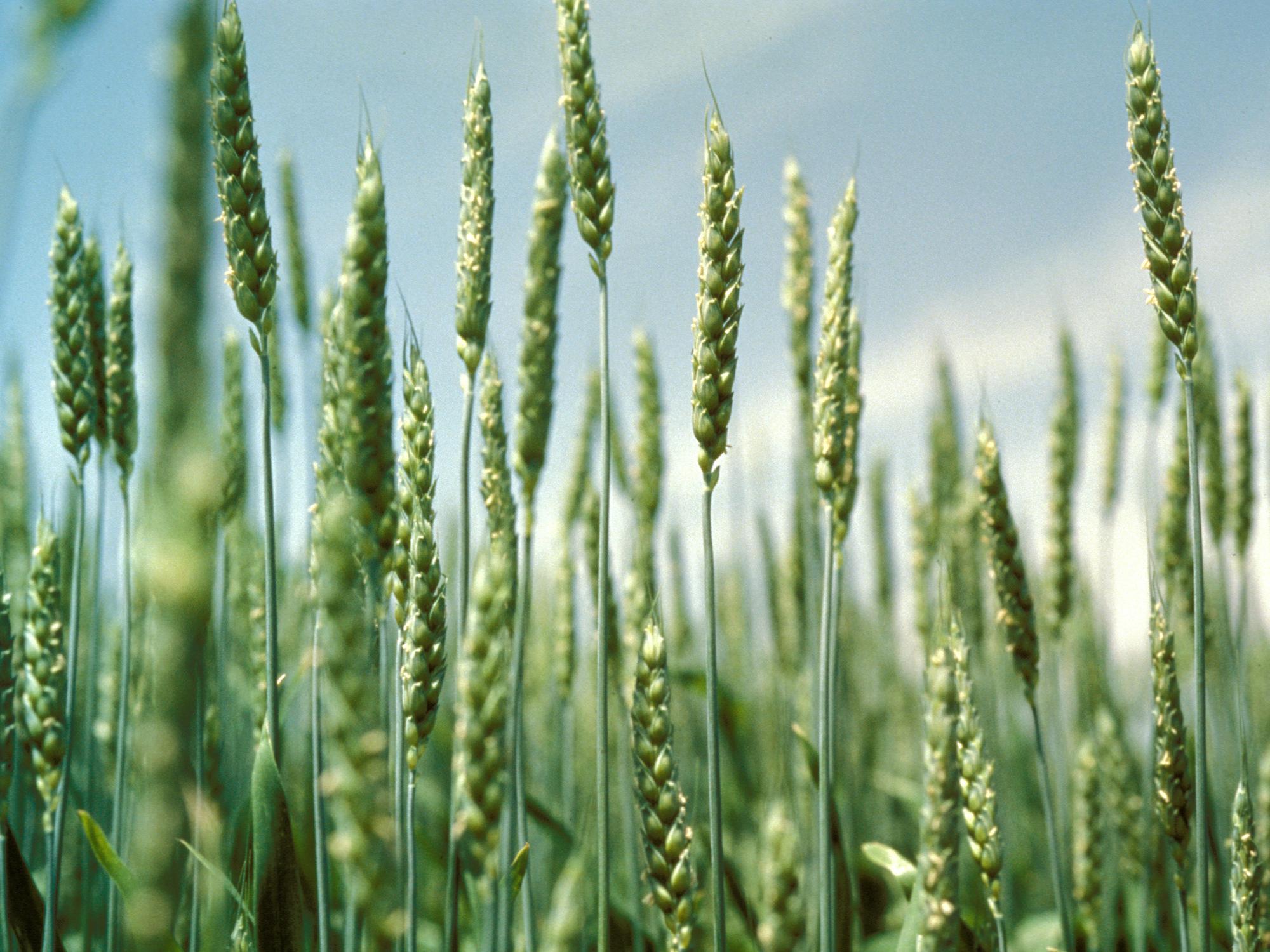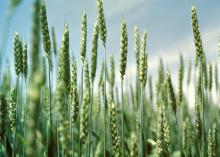Information Possibly Outdated
The information presented on this page was originally released on November 2, 2012. It may not be outdated, but please search our site for more current information. If you plan to quote or reference this information in a publication, please check with the Extension specialist or author before proceeding.
Winter wheat brings diversity and profits
MISSISSIPPI STATE – Growing winter wheat in Mississippi leaves no rest for the weary, as planting begins just as soon as the summer row crops are out of the field.
The U.S. Department of Agriculture predicted the state’s winter wheat was 29 percent planted by Oct. 31. It is on schedule for the five-year average, but a good bit behind last year’s early start that saw 45 percent of the wheat planted before November.
Erick Larson, grain crops agronomist with the Mississippi State University Extension Service, said this fall, Mississippi producers are expected to plant at least 500,000 acres of wheat. This is similar to or higher than the amount harvested earlier this year. The state’s average wheat production is about 50 to 55 bushels per acre. Well-managed fields often produce more than 70 bushels per acre.
“You can grow a good wheat crop fairly consistently in Mississippi,” Larson said.
Perfect weather during the last week of October allowed planting to get well underway.
“The optimal wheat-planting time is from mid-October to mid-November, although areas farther south generally plant later,” Larson said. “Wheat harvest is from late May to mid-June.”
Growing wheat offers Mississippi producers a few advantages. Wheat can be double-cropped with late-planted soybeans. Alternatively, the land can rest in the summer, giving producers a chance to complete drainage work or perform other soil improvements.
The fact that wheat is harvested in early summer is another advantage.
“This provides diversity and reduces some risk,” Larson said. “Wheat avoids the high temperatures and drought of summer. The opportunity for profit with wheat is positive. Input costs are generally low, and you sell a crop when none of the other crops are generating income.”
Double-cropping fields with winter wheat and soybeans is not without risk.
“Not only will soybeans be at key developmental stages during the hottest and driest time of the year, but at planting, the ground will likely be drier because the wheat crop used up the moisture,” Larson said.
Jimmy Sneed of Clifton Farms in DeSoto County is planting about 1,000 acres of wheat this fall. He double-crops it with soybeans and also grows corn.
“In my situation, I can net more money double-cropping than I can single-cropping,” Sneed said.
His fields are in the most northern part of Mississippi and are among the state’s last harvested each year.
“The challenge of double-cropping beans is whether you have enough moisture to get them up when you finish wheat,” Sneed said.
Brian Williams, an Extension agricultural economist, said double-cropping allows producers to increase their per-acre profit in two ways.
“They can spread their fixed costs, such as taxes, machinery and land, over two crops, and revenues are increased from selling two crops off the same land in the same year,” Williams said. “There is some risk to double-cropping, mainly that the soybean crop could fail in a drought, but the benefits tend to outweigh the risks.”
Williams said current cash prices for wheat are between $8.07 and $8.32 a bushel. Contract prices for May/June 2013 are between $8.22 and $8.44 per bushel.
“Compared to a year ago, wheat prices are about $1 a bushel higher and nearly $2 a bushel higher than they were in early summer,” Williams said. “Prices have been holding relatively steady between $8 and $8.50 a bushel for the last few months.”
One factor driving prices is the stronger overseas market. Russia, Australia and the European Union are seeing lower production this year because of ongoing drought. The prices of other commodities are also impacting wheat prices.
“In many parts of the country, wheat is in direct competition with corn and soybeans for acres, so as prices of other commodities increase, wheat prices also have to increase to keep from losing acres to other crops,” Williams said.







